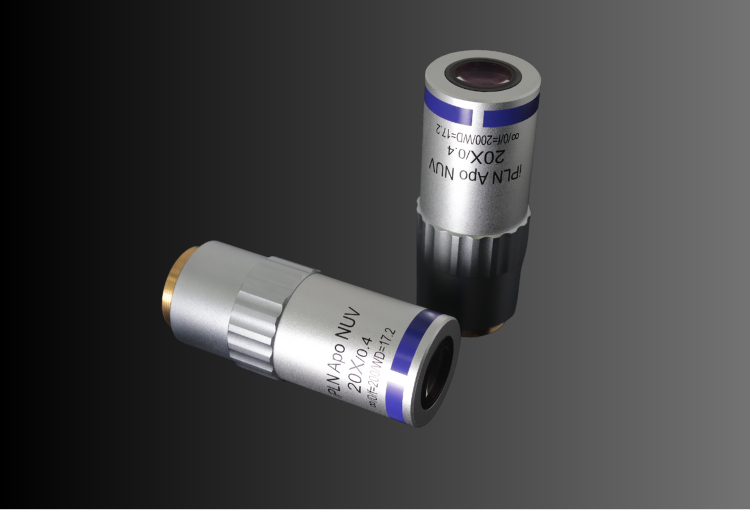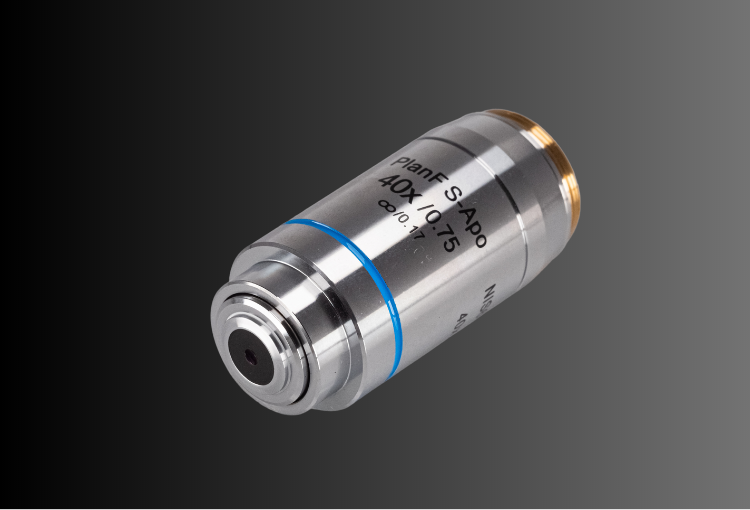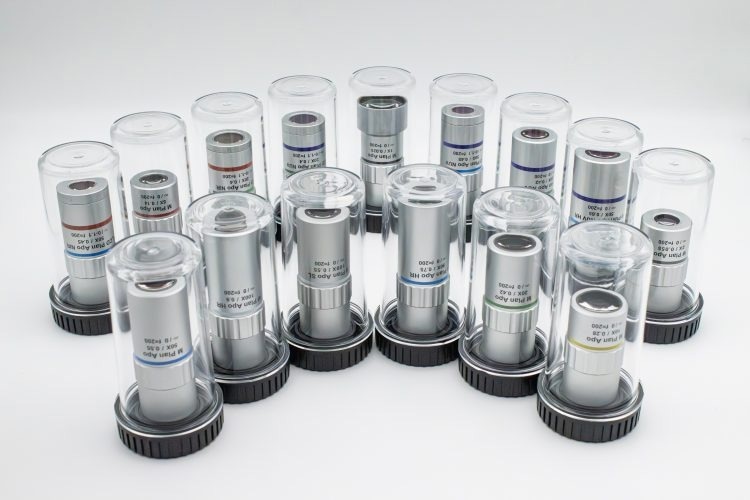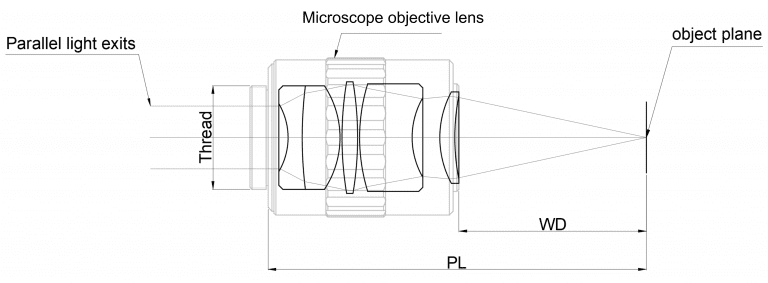A microscope objective lens creates a genuine, enlarged image of an object inside its field of vision. Before being examined, the image is amplified again by the ocular lens, commonly known as the eyepiece. Avantier provides in-stock Microscope Objective Lenses that are ready for immediate usage in a range of applications. Avantier offers bespoke Microscope Objective Lenses to meet unique or customized requirements.
Avantier is a leading manufacturer of high-performance microscope objective lenses, offering a diverse selection of quality microscope objectives for purposes ranging from research to industrial, forensics, and medical diagnostics. Avantier stocks a wide variety of objectives, including apochromatic, achromatic, and semi-apochromatic objectives. They also create bespoke objectives that operate as expected in the intended spectral range.
Get in touch now
Objective Lens Resolution Testing
Video Credit: Avantier Inc.
Discover High Precision Optical Assembly: Microscopic Objective Lenses
Video Credit: Avantier Inc.
Significance of the Microscope Objective Lens
Although a microscope has numerous components, the objective lens is essentially the foundation. The objective lens that is employed determines the microscope's resolving capacity, total magnification power, and image quality.
The design of an objective achieves a certain coefficient of magnification; this ranges from 4× for a scanning objective to 40× for a high-power objective and up to 100× for an oil immersion lens.
A microscope frequently has up to four objectives mounted on a rotating nosepiece or turret for maximum versatility. The magnification of an objective lens with infinity correction is calculated by dividing the objective’s focal length by the reference focal length.
To compute the ultimate magnification power of a microscope, multiply the magnification power of the eyepiece by that of the objective lens. If an object is examined using a 10× eyepiece and a 4× objective, the image generated will be magnified 40 times.

Apochromats Lenses. Image Credit: Avantier Inc.

Flat Field Super Achromatic Objective Lens. Image Credit: Avantier Inc.
Get in touch now
Types of Objectives
Based on Aberration Correction
- Achromatic objective lenses, which are typically made up of two lens doublets and a front lens, are the least expensive to manufacture. They are designed to correct for chromatic aberration in two wavelengths (blue and red) and spherical aberration in one (green). When light is passed through a green interference filter, these lenses produce the most accurate images
- Plan achromats are achromatic lenses that have been corrected for flat-field aberration
- On the other hand, semi-apochromat lenses compensate for a larger number of spherical aberrations and have several additional optical components. As a result, higher numerical aperture NA semi-apochromat objectives can be produced
- Apochromat lenses are the most advanced microscope objective lenses available, with the greatest aberration reductions. Their excellent resolving power makes them ideal for research applications requiring color photomicrography, and they can be constructed with a larger numerical aperture
Based on System
- Microscope objective lenses with two or more mirrors are known as reflective lenses. This type of objective, which has a long working distance and no chromatic aberration, is excellent for FTIR spectroscopy applications
- Refractive objective lenses are microscope lenses built from transparent materials such as glass. They employ refraction rather than reflection to focus light on the specimen. These lenses are made up of numerous lens elements that compensate for optical aberrations and provide high-quality images
Based on Immersion Medium
- Oil-immersion While most lenses are intended to function with air between the objective and cover glass, a larger numerical aperture can occasionally be attained using other substances, such as a particular oil with a certain refractive index
- Water immersion Objective Lenses use water as the immersion medium between the cover glass and the objective. Higher numerical apertures are made possible by this, enhancing picture quality and resolution in microscopy applications.
- Air immersion Objective Lenses serves as the working medium between the objective and cover glass in objective lenses. They offer high resolution and image clarity and are frequently utilized in conventional microscopy setups
- Glycerol immersion objective lenses use glycerol, a viscous liquid, as the immersion medium. Glycerol has a refractive index similar to that of glass, which allows for better light collection and resolution. It is often utilized in specialized microscopy techniques requiring high-resolution imaging

Flat Field Super Achromatic Objective Lens. Image Credit: Avantier Inc.

Schematic Diagram of Microscope Objective Lens. Image Credit: Avantier Inc.
Custom Microscope Objectives Solutions – UV, NUV, VISIBLE & NIR REGION
Avantier's cutting-edge NIR, NUV, and UV Infinity Corrected Objectives continue to transform precision microscopy. These objectives, designed for precision and clarity, improve research and analysis in the near-infrared (NIR), near-ultraviolet (NUV), and ultraviolet (UV) spectra.
With sophisticated optical coatings, aberration correction, and infinity-corrected designs, researchers can examine samples with unprecedented clarity and accuracy.
These goals are critical for applications ranging from material science to life sciences, allowing scientists to venture further into the microscopic world with confidence. Avantier once again demonstrates its dedication to quality by providing tools that facilitate scientific exploration and innovation.
Get in touch now